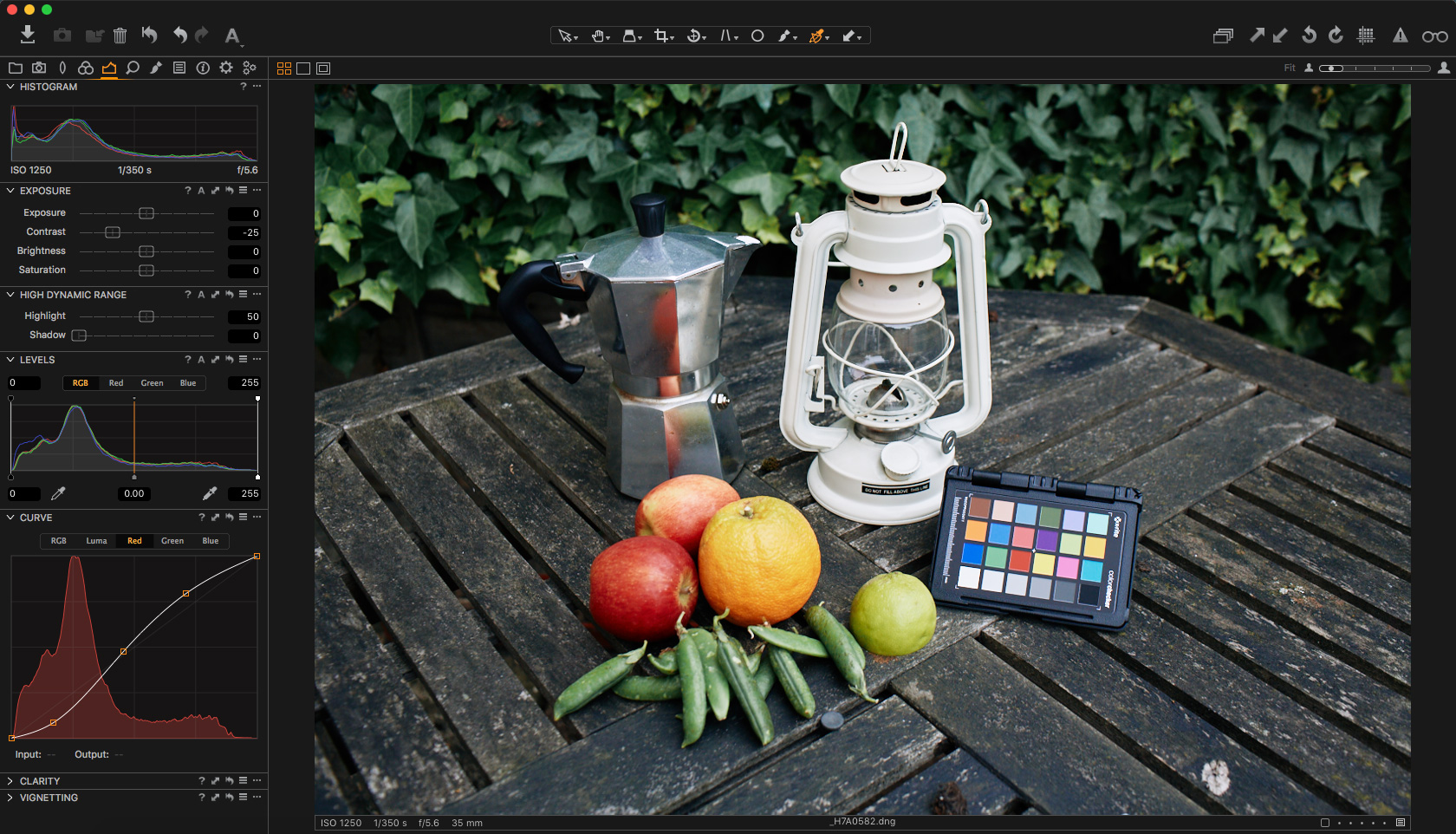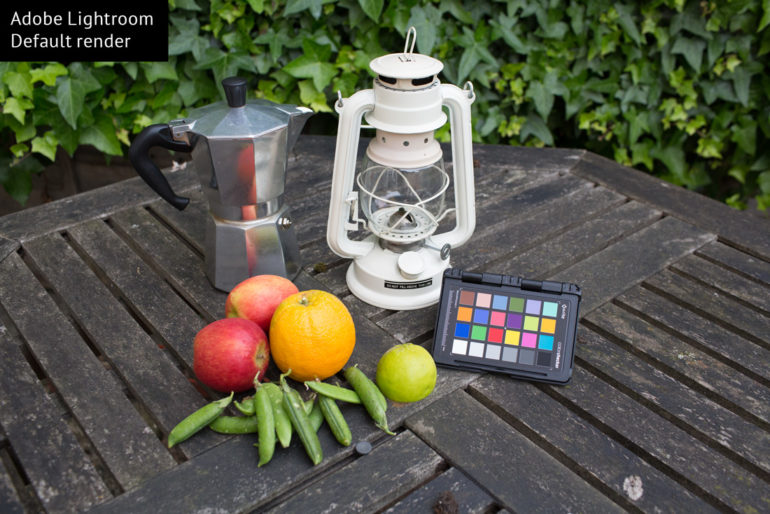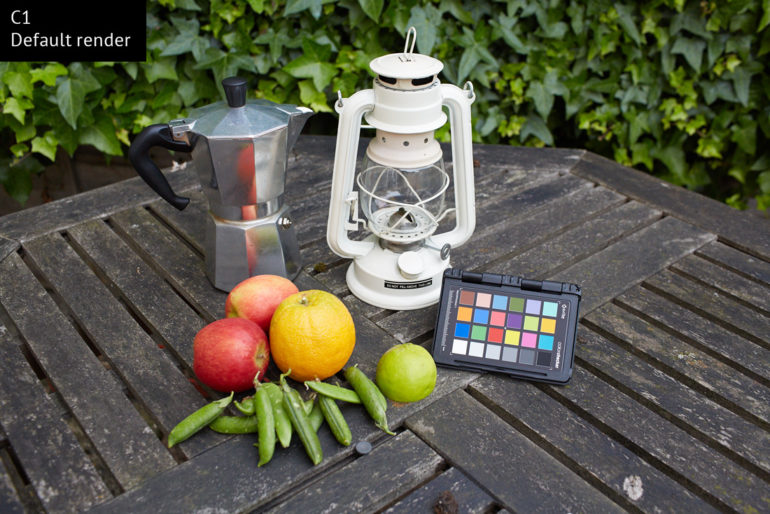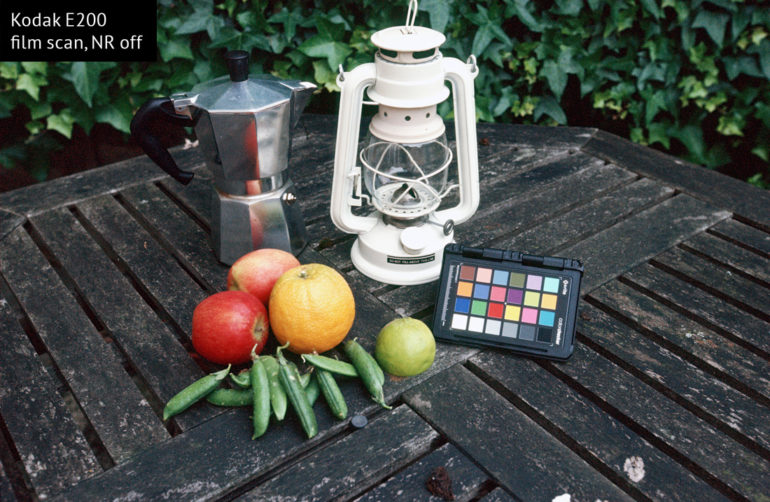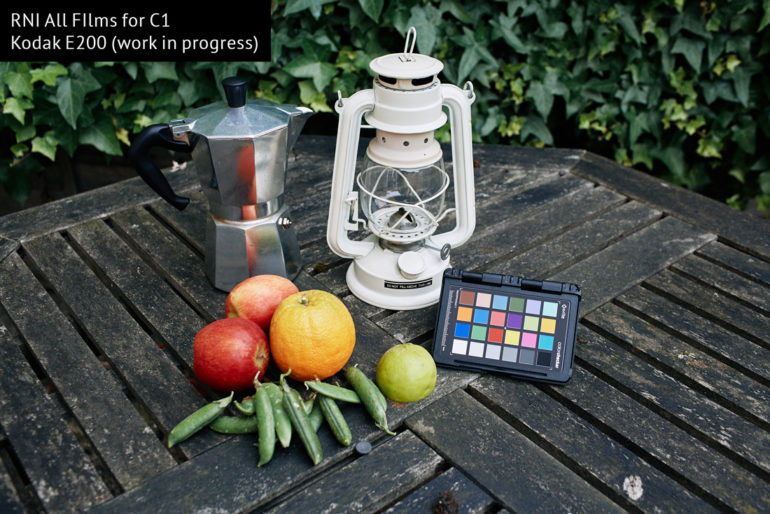If you’re a big fan of the way that Really Nice Images’ RNI Films tends to render photos, then you’ll be really in love with the fact that RNI Films is coming to Capture One Pro. Indeed, one of the only things that I miss about Adobe Lightroom is that I was able to plug in and work with my RNI films presets. But the styles are on their way for Capture One, but they’re still in development for the most part.
So in preparation, I’ve been speaking with Oliver over at RNI support to learn more about how the project is coming along.
Phoblographer: You folks are working on an RNI films platform for Capture One, how’s that coming along?
Oliver: Hey Chris, little by little. Film simulation done right has never been a quick or easy job. But we are definitely getting there.
Phoblographer: What challenges do you feel you’re finding working with Capture One vs Lightroom, the iPhone, etc?
Oliver: Honestly, when porting an already great product to another platform, pretty much everything is a challenge. The mobile platforms are quite different from desktop both technically and experientially, so here I would talk only Adobe Lightroom vs Phase One Capture One.
On C1 the main challenge for RNI is keeping the same high bar of the visual output quality and accuracy that we achieved in LR. In the very beginning of this new development it quickly became obvious that there is no straightforward way to re-use what we’ve already built for the Adobe Lightroom users. Which resulted in RNI going back to their library of slides and negatives and doing some time consuming work as well as developing new internal tools for colour and tone matching.
Phoblographer: One of the biggest differences between C1 and Lightroom is the approach to editing and RAW processing. So how do you feel people are going to use RNI? For example, do you folks find that maybe they’ll go ahead and add a whole lot of grain to some photos, etc?
Oliver: I would say that the two are more similar than one might think. Some people say Lightroom beats LR in RAW rendering. In our experience this is mainly true for the default settings. In C1 the picture is often ‘more ready’ by default, while LR almost certainly wants some input from the creator. But with carefully crafted and refined presets supported by customized camera profiles Lightroom is a totally different beast, capable of state-of-the-art rendering.
Regarding the possible usage scenarios of the RNI’s products in C1 — that depends. Judging on the evolution of RNI All Films for Lightroom and based on our sessions with pro photographers, I would suggest that today’s artistic trends in digital are drifting away from ‘that grainy look’ towards more sophisticated cleaner appearance with more attention paid to the overall colour harmony and colour separation. Smoothness and details of digital combined with subtlety and distinctive beauty of the film colours.
So I can clearly see experienced creators applying one of the RNI’s film presets on import, and then tweaking their tone and WB to achieve consistency in series and finalise the look. While those new to the RNI presets typically import with default settings and then spend some time shuffling through our library to develop a better intuition about our simulations.
Phoblographer: What about color balance? Obviously, we all know that loads of films are locked to 5500 daylight or 3200 tungsten. Will that be a consideration for the C1 audience?
Oliver: You’re totally spot on here. Technically speaking, to simulate film one may want to set their digital WB to match the colour balance of their film. And only then proceed to camera profiles, curves and colours.
However in reality we are rarely 100% happy with the analog balance. Almost every film scan we produce cries for its black, white and neutral points to be adjusted to look more natural. And there is nothing wrong with it. This kind of post-correction does not ruin the character of the film, it just makes the image look right.
That is why we prefer designing our presets with the ‘right’ white balance in mind. We concentrate on preserving the character and the beauty of film stocks, assuming the photographer has already done their WB right in camera or in software before applying film presets. And this works nicely so far.
Phoblographer: When should we expect it to hit the market?
Oliver: I believe RNI will be ready to ship RNI All Films to the C1 customers within a matter of weeks. So C1 folks can visit reallyniceimages.com and sign up for the product updates there to get notified once it hits the market.


